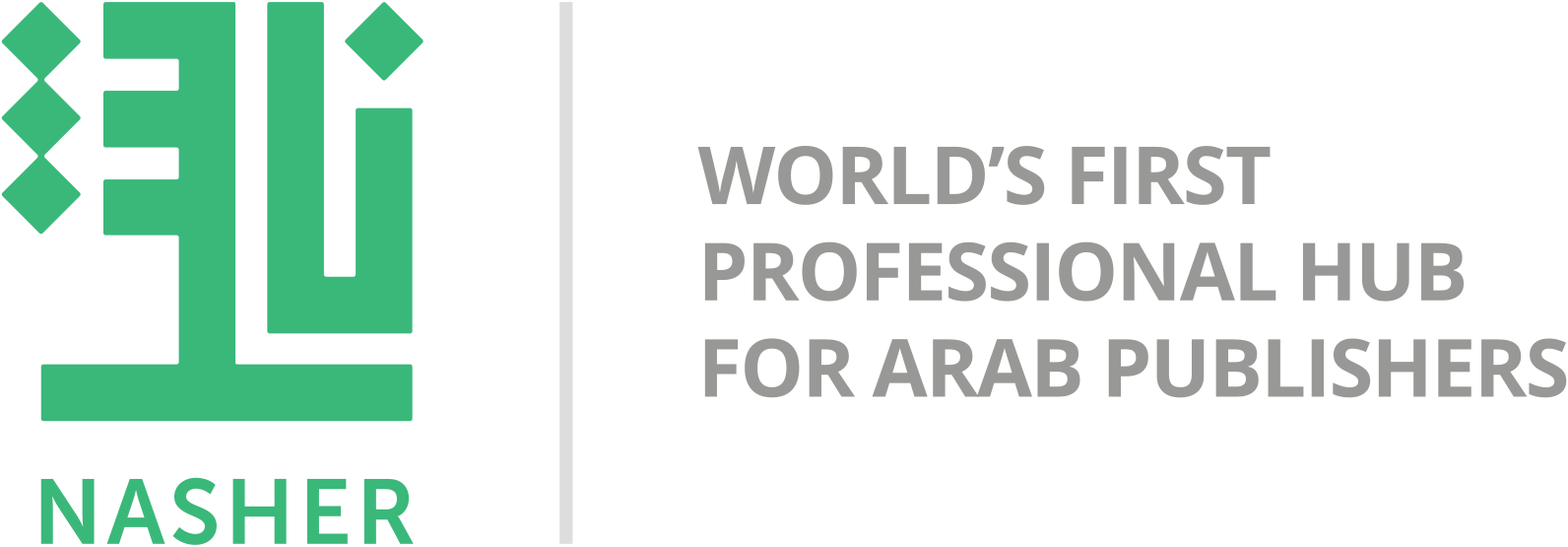Pricing books in the Arab world is a nuanced endeavor shaped by far more than printing costs alone. While the tangible expenses: paper, ink, binding, constitute a visible layer of the final price, deeper, less quantifiable forces often drive the true value ascribed to a book.
At the heart of these forces lies the reader’s perception of worth. A book’s content, its cultural relevance, intellectual rigor, or rarity, can significantly elevate its market value, regardless of modest production costs. A deeply researched title or a work offering unique insights may command a higher price than a mass-market publication, even if both cost the same to print.
Market dynamics, too, play a decisive role. In competitive environments where numerous titles vie for attention, publishers may lower prices to attract readers. Conversely, in high-demand markets with less saturation or in wealthier economies, books may be priced more assertively to reflect purchasing power and exclusivity.
Government policies, import duties, and taxes on raw materials further complicate the equation. In some Arab countries, such regulations inflate the cost of publishing, creating barriers to competitiveness across regional markets and limiting accessibility for readers.
Digital publishing, meanwhile, presents a distinct pricing paradigm. With lower overheads and distribution costs, ebooks might seem an easy solution. Yet issues like piracy and content devaluation demand that pricing still reflect editorial investment and respect for authorship.
Ultimately, setting book prices in the Arab world is a delicate balancing act, one that must reconcile production realities and business viability with the broader goal of fostering a culture of reading. Achieving this balance is essential not just for the sustainability of the publishing industry, but for the intellectual and cultural vitality of the region as a whole.







